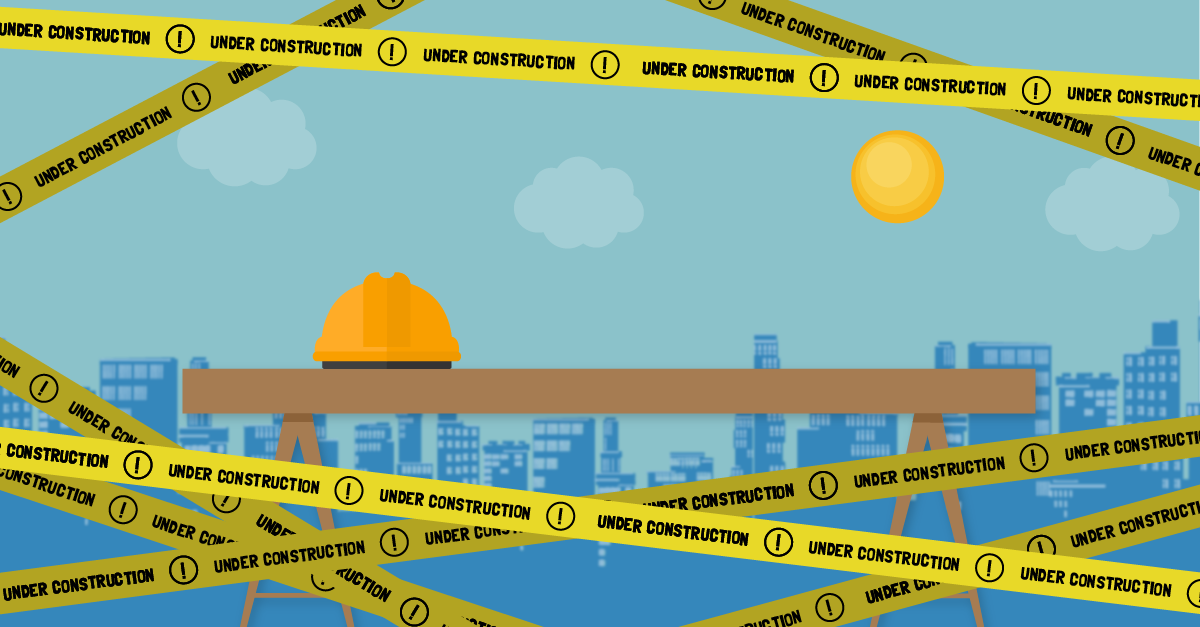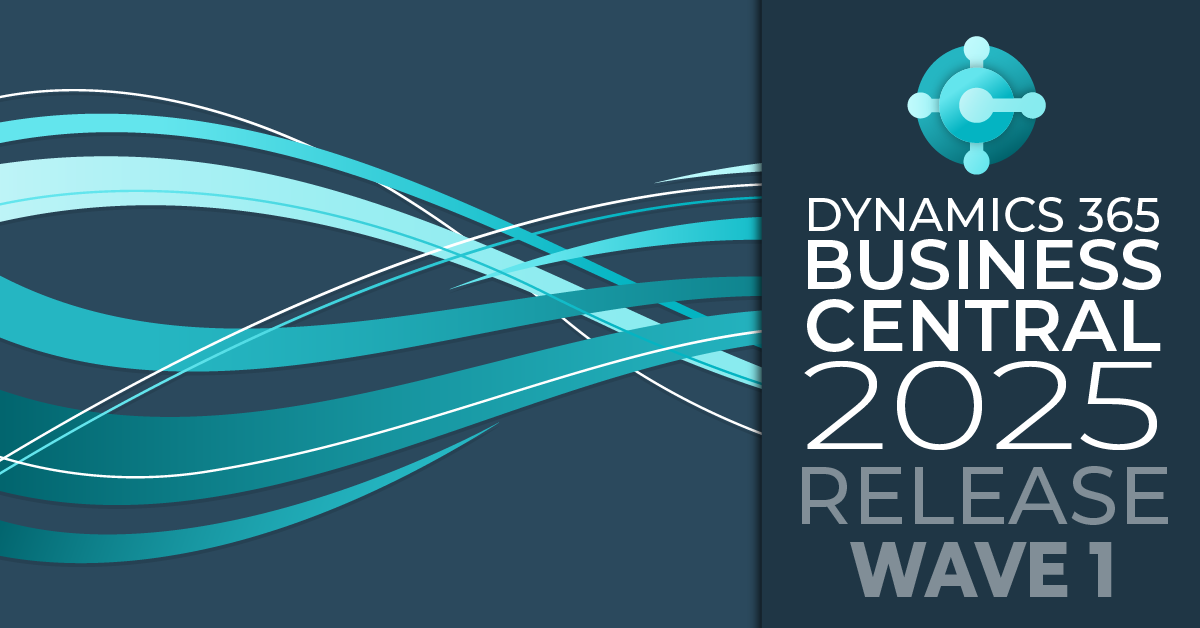If you’re planning on implementing an ERP system, your first thought is most likely: ‘How much will it cost?’
This ‘cost’ of ERP doesn’t pertain to just the system itself. It also includes the total cost of ownership (TCO), training, management and everything else that comes with the installation of new software.
Therefore, answering the question of ‘How much will it cost?’ isn’t that straightforward and there are several variables involved.
So, to help you make an informed decision on ERP system implementation costs, we’ve put this blog together.
There’s so much more to consider than the cost of your ERP system implementation
We love a good analogy in the IT industry. When trying to explain a concept, instead of explaining it in a clear, coherent way, we often choose to take the route of metaphor, to help you understand us!
Imagine an ERP system implementation is like building a house. During the kick-off meeting, we will say, ‘we need an agreed design, an architect to decipher the complex points...’ and so the analogy goes on, right until the ‘and finally, we’ll do the snagging’.
This analogy starts early, but then the customer says: ‘So why can’t you give me a fixed price to implement the system? If I built a house they’d give me a fixed price.’ (Check out our ERP pricing guide for more information on the costs of implementation!)
Well, in my experience of building projects, often a ‘price’ (i.e. a costed and agreed quote) rarely ends up as the ‘real price’ and the amount left in my wallet at the end of the project has always been substantially less than anticipated. I am sure many people have had a similar experience with IT projects, so aren’t the difficulties in building houses and building an IT solution actually quite similar after all?
How to evaluate the costs of an implementation: Scope
Let’s start with the ‘why can’t you give me a fixed price or cost’ for the IT solution and/or ERP system implementation.
I am asked this at least once a month and often after the customer has given me and our sales team an Excel sheet of 100 textual comments and talked for a few hours.
The same applies when working with builders and, while a builder may indeed eventually provide a price, the elements are the same for both projects:
A) The things we know
There are a bunch of definable fixed things we know, e.g. the builder may be using a ‘Potton Kit timber framed house' and therefore knows the cost of this. Likewise, the software people can tick the relevant modules on the price list of the software and add the number of users to get a software value.
B) The things we know exist but don’t have enough information about them
There are a bunch of things that we know exist but don’t have the specific detail, e.g. in the case of the builder: the specific kitchen, the exact door type and door handles for each room and the precise bathroom fittings are often left as allowances. The software people will be able to suggest a number of days training that they have allowed for, but humans are funny things and as variable as door furniture. Some will need more training, others less. In these cases, the cost will vary above or below the ‘allowance’ once the final decisions are made (which is often late into the project).
C) The complete unknowns
There are elements of complete unknowns. The building client may be thinking about adding a garage but at the start of the project they are unsure of the size and don’t yet have permission. IT customers will often have ‘possible integration to a third-party warehouse’ that they haven’t yet chosen or may be opening a company in Brazil later in the year, and these elements can only be given an order of magnitude.
D) The unforeseen elements
There are unforeseen elements such as your other half suddenly decides it is imperative to have oak skirting boards and an oak conservatory, or you find an old Roman fort when digging the foundations. The Finance team decided they really wanted to have OCR recognition for invoices and expenses, or the Wifi in the warehouse doesn’t reach all the aisles so handhelds don’t work.
In all cases, the ability to estimate ‘the project’ is predicated on how much is known, how much is ‘we know we need this, but we don’t have enough detail’ and the final ‘wow, we never knew we would need that, but we do!’
To quote Donald Rumsfeld, at least partially, ‘We have known knowns, we have known unknowns and we have unknown unknowns.’
As with any service provider, the costs are largely time related and the accuracy on pricing a job heavily depends on how much we know. The more we know, the more accurate the price.
Of course, if we go back to the very basics at the beginning of our project, before we get any price from our builder friend, he will want professionals to be paid to produce architectural drawings precisely stating where all walls will be, what materials will be used and where all the windows will be. The architect in turn will need to pass on the cost of the structural engineer who has worked out the precise width and length of the RSJ beam supporting the upper floor and the steel that supports the roof in the kitchen.
How does this translate to implementing an ERP system and its cost?
In software terms these architects will similarly need to design which major structures of the application set will be deployed to support the recurring billing process. Should the service management contract process be deployed, or will the light recurring invoice process suffice? Should we use Dynamics NAV or Dynamics 365 Business Central’s built-in CRM module, or use the generic Microsoft Dynamics CRM?
The more we know, the more accurate the price
The more we can create ‘known knowns’ when it comes to ERP implementation costs, the easier those costs are to estimate and the more accurate the estimate is.
BUT, and here is a big BUT, not all costs are in the project. As our builder is plastering room after room, the owner of the house is busy buying Farrow and Ball paint. The builder has only estimated for completion to an undecorated state as he knows the client has a friend who’s a decorator. Of course, the friend isn’t under the builder’s control and can’t start for a month, but the builder needs to get the first part of decorating done so he can fix the skirting boards. The decorating friend will still need paying but this wasn’t in the estimate from the builder or in the client’s project costs, so there’s our budget growing a little more.
Just talking about the customer side, often in a building, the project manager is you. And have you noticed how many building project TV programmes have huge projects where the clients say, ‘we are going to project manage this ourselves’? ‘Have you done this before?’ says the TV presenter, ‘No. First time’ they respond! It is frighteningly similar in software projects don’t you think?
We often engage in conversations that go something like, ‘don’t include data migration, we’ll do that ourselves’ and ‘we have a guy in the business who does some report development, so he’ll do the reporting we need.’ Both are excellent ideas and just like the decorator friend are not a problem as long as the project delivery team are not held up by resources outside of their control. And while you may not be paying a partner to do this work, don’t forget to include their cost, as it’s not in the estimate.
Now you know that there’s more to the cost of an ERP implementation project!
Be wary, ERP system implementation projects are complex: they involve people and technology, and are nearly as dangerous as children and animals to the untrained! It is very common for a Customer Project Manager to be running this as their first significant project, but someone who doesn’t know what they are doing can be more of a hindrance than a help. I would never try and get involved in building work, it’s not what I do!
To finish our analogy and to see where ‘the money went’: ‘someone’ now has a newly remodelled house, and has purchased an 80” LCD TV for his new study. (Now a beautiful shade of Farrow and Ball). Someone’s wife, as is right and proper, decided to involve the wider team in decision making, leading to the eldest child’s bedroom being repainted three times as they could only visualise what it would look like ‘when they saw it, and the youngest child is now regretting the decision to have a portal for a window as they didn’t think about the lack of light that would be coming in. This can, of course, only now be rectified at great expense.
Oh, and of course someone’s mother-in-law got her say in, too, and the late decision to replace the shower in the guest bathroom with a roll top bath could be a significant, unbudgeted expense.
Finally, the Client Project Manager is still buying unbudgeted curtains for each room (can’t use those old ones), leading to the need for dozens of new matching cushions and a final change of mind on the installed kitchen worktops.
I suspect I need not replay the analogy of the ERP software project?
Building projects and ERP implementation projects can be costly and stressful, but they’re also very rewarding
I’d like to end on a note of encouragement: on every building project I have been involved in (yes, there is a little of my own story here!) and the majority of building projects watched on TV (quite a few) all end up something like our example. While they may be challenging, and involving not an inconsiderable amount of stress and effort, these projects can provide huge benefit, enjoyment and that ‘why didn’t we do this earlier’ feeling! Why not have a look at our 'Alternative Guide to Buying ERP' to understand the important factors worth considering before you buy a new ERP?
In summary, there are lots of similarities in many large projects that involve the moving elements of people, emotions, timescales, business and personal demands and sometimes non-aligned or ill-defined goals. An important point to consider is to choose your service provider wisely, maintain trust in those delivering/receiving, be open and honest with communications, and keep a big list of all the things to do!
We've created a guide on choosing your ERP implementation Partner and the considerations around price - you can read it here. All successful ERP implementation projects are the result of a giant to-do list, with the important tasks completed at the end.
Read our customer story in collaboration with Portico Shipping, who implemented Dynamics 365 Business Central as a cloud ERP.
Click to see what a Dynamics 365 Business Central implementation should look like!
Click here for our Alternative Guide to buying ERP.






.png)